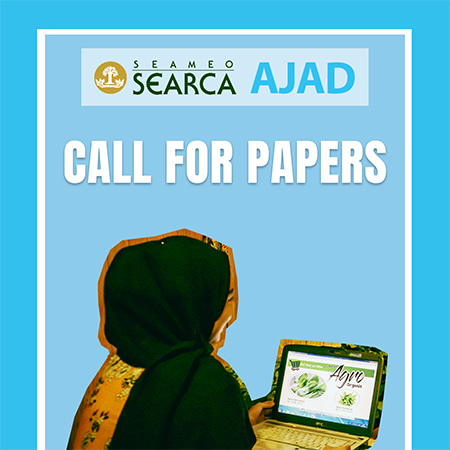- Paperback 1908-6164
- e-ISSN 2599-3895
Vegetation analyses conducted thrice in 2013–2014 in two tailing ponds (TP3, site 2; TP4; site 1) abandoned 28 and 25 years ago, respectively; and in an agricultural land (site 3) in Brgy. Cabiten inundated by the Lepanto River with mine wastes since 1986, present various stages of ecological succession. Changes in soil environment of each site coupled with toxic levels of soil copper (Cu) constitute the driving forces that cause changes in species composition through time. The dominant pioneer plant species are Paspalum conjugatum, Paspalum scrobiculatum, and Digitaria sanguinalis present in site 2 with the most severe soil environment characterized by acid soil (pH 3–4), very low soil organic matter content (0.035–0.42%), 167–220 ppm recoverable soil Cu, and sandy texture. The next seral stage is shown in TP4 (site 1) where soil organic matter is 0.62–1.36 percent, soil pH ranging from 5.7–6.8, and soil Cu of 90–116 ppm. The dominant species P. scrobiculatum and D. sanguinalis seen in site 2 were replaced by Cynodon dactylon and Cuphea carthagenensis. P. conjugatum remains a co-dominant. The plant community in site 3 is considered at an advance seral stage. Its soil organic matter is at much higher level of 1.4–1.9 percent, and its loam soil texture may have caused the establishment of tree saplings Cassia occidentalis and Gmelina arborea, absent in the other two sites. P. conjugatum, C. dactylon, and Mimosa pudica are the dominant species. Subsite 3a, a pasture land, registered the highest Cu levels at 342 ppm among the three sites. The animal manure of grazers have high amounts of easily soluble organic ligands that may have bound Cu and formed complexes that remain in the soil solution, which would make the element more mobile and available.
Download for free
PDF format in this language: English


